Turns out, the launch is the easy part.
It’s taken decades to prepare the James Webb telescope for it’s December launch. But that’s really just the end of the easy part of the space telescope.
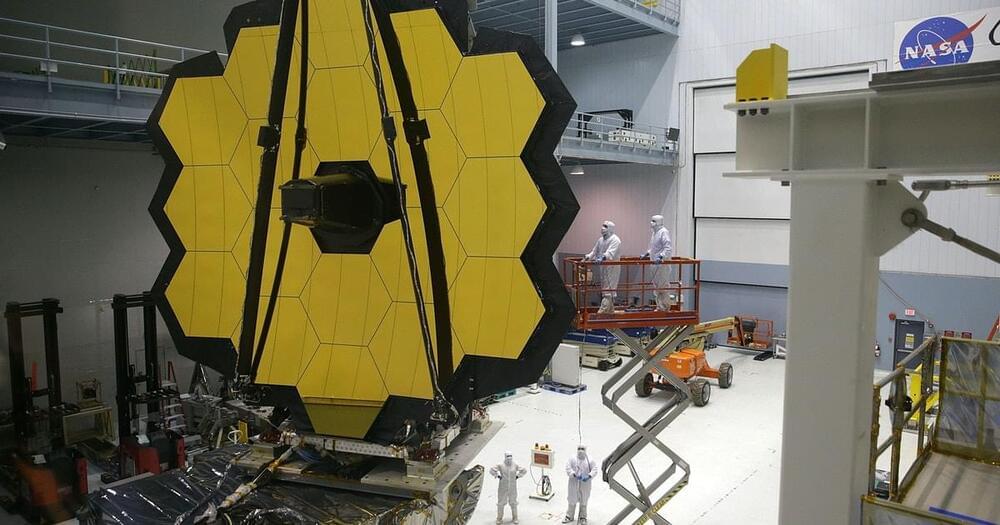
Turns out, the launch is the easy part.
It’s taken decades to prepare the James Webb telescope for it’s December launch. But that’s really just the end of the easy part of the space telescope.

This crystal of iron pyrite, just four hundredths of a millimeter in size, could function as the light absorbing layer of a tiny solar cell – potentially a promising future source of power on the Moon.
Working with Estonia’s Tallinn University of Technology (TalTech), ESA has studied the production of sandpaper-like rolls of such microcrystals as the basis of monograin-layer solar cells.
“We’re looking at these microcrystals in the context of future lunar settlement,” explains ESA advanced manufacturing engineer Advenit Makaya. “Future Moon bases will need to ‘live off the land’ in order to be sustainable, and the iron and sulfur needed to produce pyrite could be retrieved from the lunar surface.”
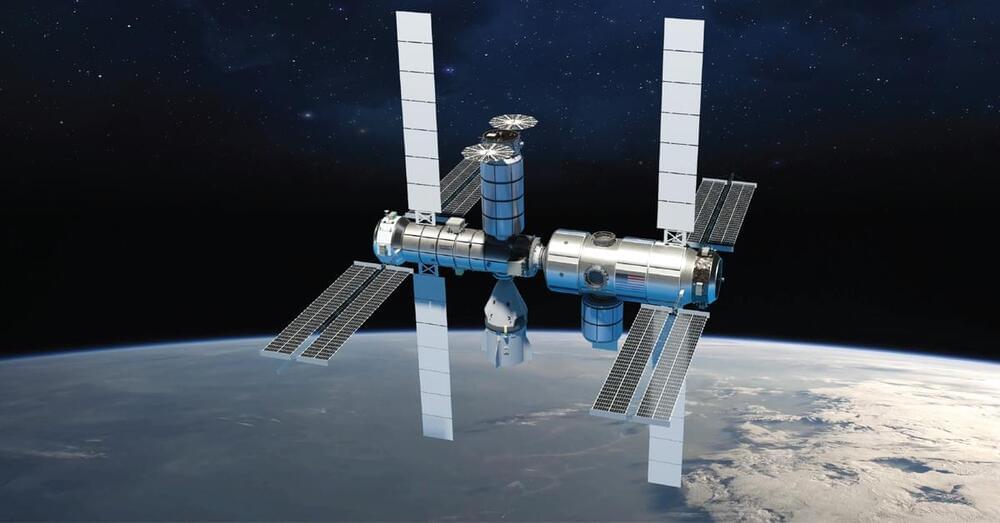
The agency wants to ensure a smooth transition to commercial flight.
NASA granted over $400 million to three US commercial space companies. This move is a part of a bigger plan to enable low-Earth orbit for commercial stations while NASA slowly transitions LEO from the International Space Station.

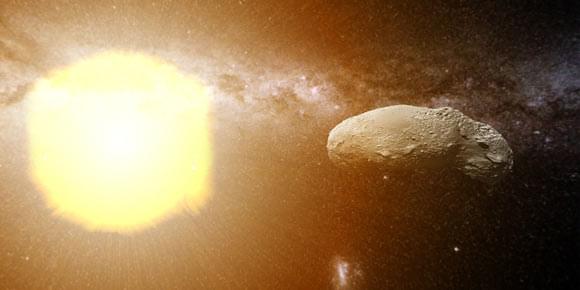
“The Earth was very water-rich compared to other rocky planets in the Solar System, with oceans covering more than 70% of its surface, and scientists had long puzzled over the exact source of it all,” said Professor Phil Bland, director of the Space Science and Technology Centre at Curtin University.
“An existing theory is that water was carried to Earth in the final stages of its formation on C-type asteroids, however previous testing of the isotopic ‘fingerprint’ of these asteroids found they, on average, didn’t match with the water found on Earth meaning there was at least one other unaccounted for source.”
“Our research suggests the solar wind created water on the surface of tiny dust grains and this isotopically lighter water likely provided the remainder of the Earth’s water.”


Meta, the company formerly known as Facebook is pulling the plug on its facial recognition program. The company is planning to delete more than one billion people’s individual facial recognition templates, and will no longer automatically recognize people’s faces in photos or videos as a result of this change, according to its own post. The use of facial recognition technology has a disparate impact on people of color, disenfranchising a group who already face inequality, and Facebook seems to be acknowledging this inherent harm. The Breakdown You Need to Know.
CultureBanx reported that Meta seems to always be embroiled in corporate drama and with intense scrutiny. When you add that to the growing concern from users and regulators that facial recognition space remains complicated, an exit makes sense. More than 600 million daily active users on Facebook had opted into the use of the face recognition technology.
Research shows commercial artificial intelligence systems tend to have higher error rates for women and black people. Some facial recognition systems would only confuse light-skin men 0.8% of the time and would have an error rate of 34.7% for dark-skin women. Just imagine surveillance being used with these flawed algorithms. A 2018 IDC report noted it expects worldwide spending on cognitive and AI systems to reach $77.6 billion in 2022.
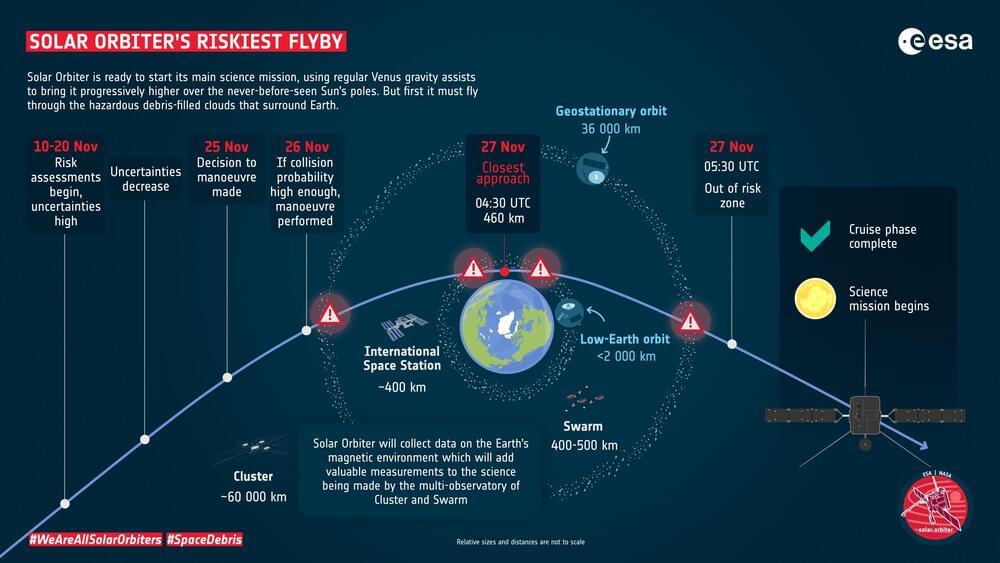
The chance that ESA’s Solar Orbiter spacecraft will encounter space debris during its upcoming Earth flyby is very, very low. However, the risk is not zero and is greater than any other flyby ESA has performed. That there is this risk at all highlights the mess we’ve made of space—and why we need to take action to clean up after ourselves.
On 27 November, after a year and eight months flying through the inner Solar System, Solar Orbiter will swing by home to ‘drop off’ some extra energy. This will line the spacecraft up for its next six flybys of Venus. These final gravity assists will hone and tilt Solar Orbiter’s orbit, enabling the heat-protected probe to capture the first-ever direct images of our star’s poles, and much more.

Before NASA deploys its Artemis Gateway in orbit around the moon, the agency will launch a different, but related “Gateway” at its Kennedy Space Center Visitor Complex. “Gateway: The Deep Space Launch Complex” is slated to open in March 2022.
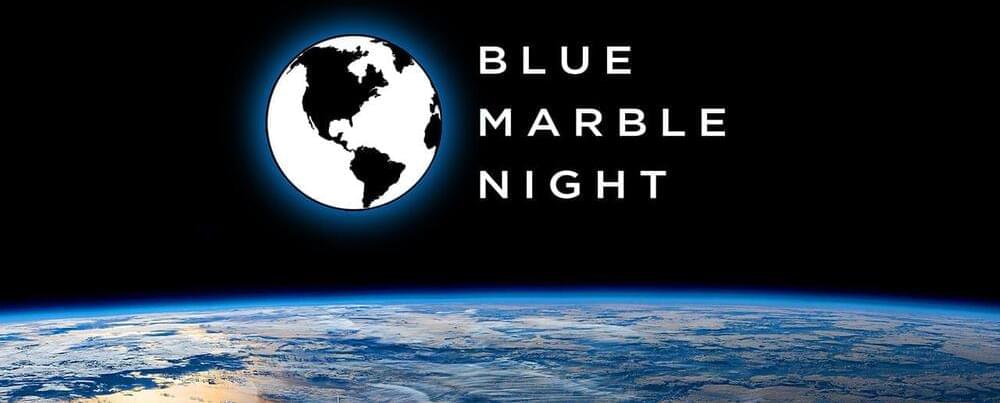
Help us turn December BLUE… register here for the space party:
www.f4f.space/bluemarblenight.
F4F is launching Blue Marble Night as a new spacer holiday, commemorating the Blue Marble photo taken by Apollo 17 on 7 December, 1972.
LAST CALL FOR VIDEOS!
Want to help?
We are setting up a celebration of the limitless inspiration of space. One that recognizes the fragility of our world while simultaneously infusing a sense of hope and awe. We will have the Overview Effect and our future in space as the main focuses. : Here is what you can do:
1. Recruit celebrities and regular people to record 30–60 second testimonials about the Overview Effect or their connection to space.
2. Recruit thought leaders willing to give 10–15 minute talks about the majesty of space, the Overview Effect, our future in space, Apollo 17 etc.
In both vids, close out the vid with the toast “Happy Blue Marble Night and next year on the moon.” Encourage people to wear blue or to toast with blue drinks.
3. Make art centred on the Blue Marble photo, the Overview Effect or our future in space and post it to your social media accounts and tag @f4fspace and include the hashtag #BlueMarbleNight as a bonus:
4. also include the hashtag #Frankismywingman to enter for a chance to win a free signed copy of the Overview Effect by Frank White. (https://amzn.to/2YaAIqz) We would love to include as many space orgs and individual spacers in this first annual BMN as possible and would love to get some eyeballs on those orgs in exchange for supporting us with videos and boosting our signal. BMN will be held on Saturday the 4th of December as an all-day virtual event. If anyone wants to help with this let me know also if you can pass the word on this to all orgs and people you think want to celebrate with us that is stellar If anyone needs more information have them reach out to [email protected] with the subject: BMN.
Blue Marble Week is a celebration of Earth’s first selfie. It is humanity’s first whole-earth image from space.